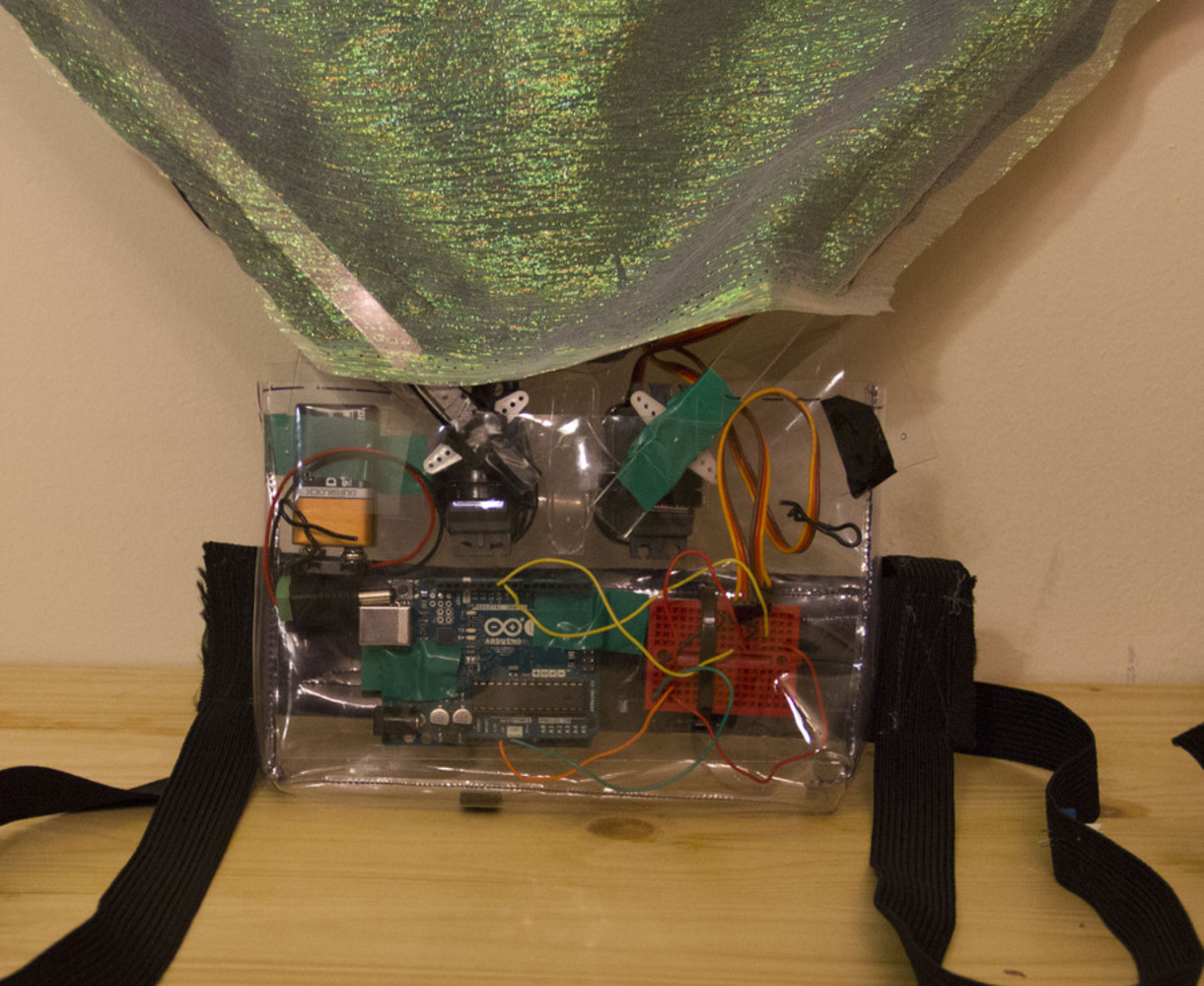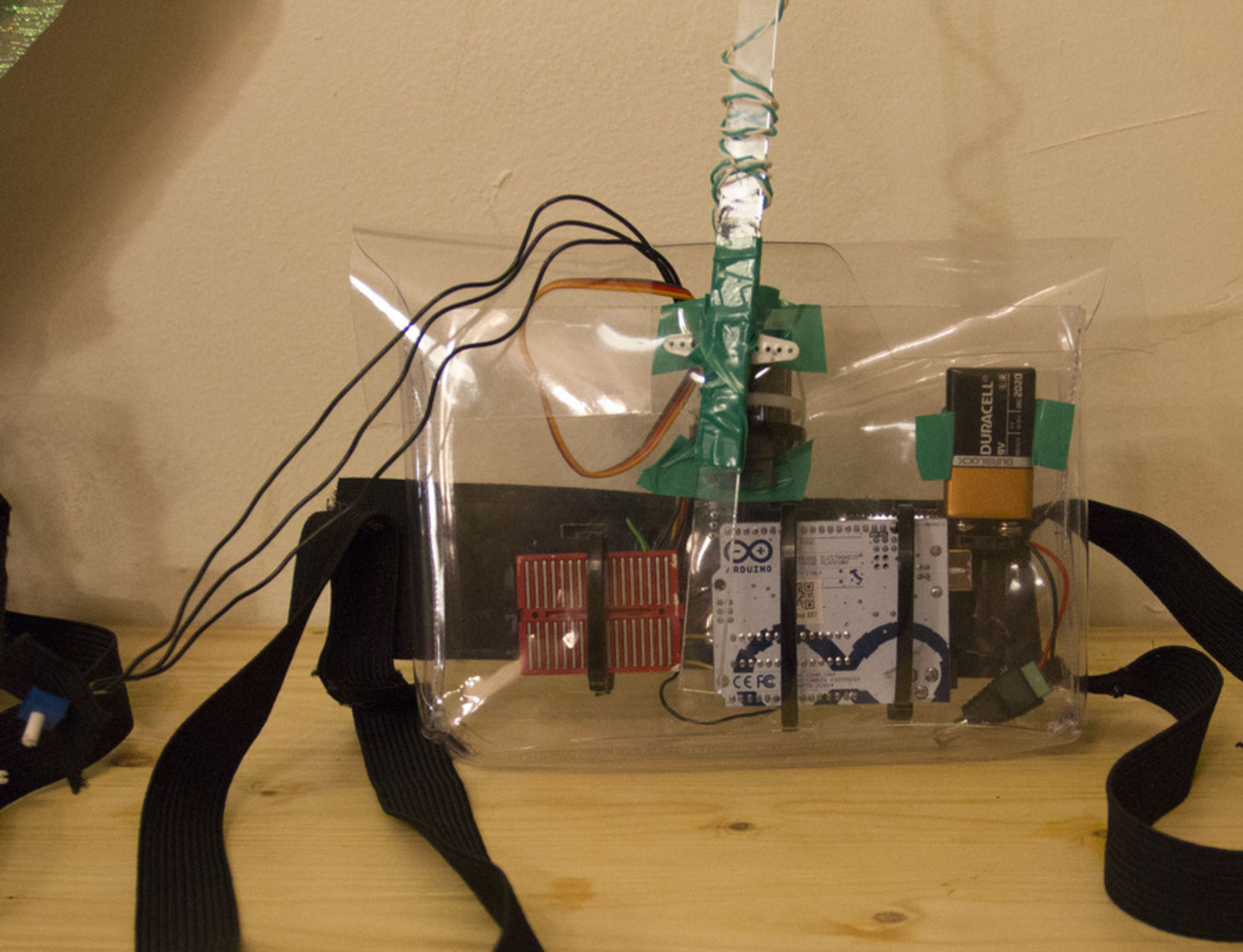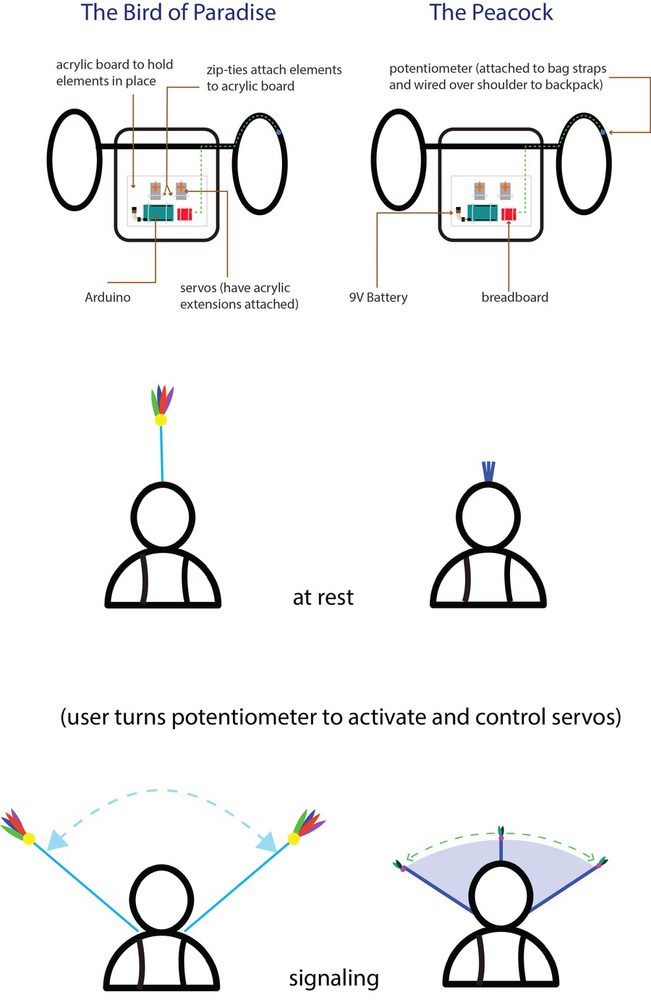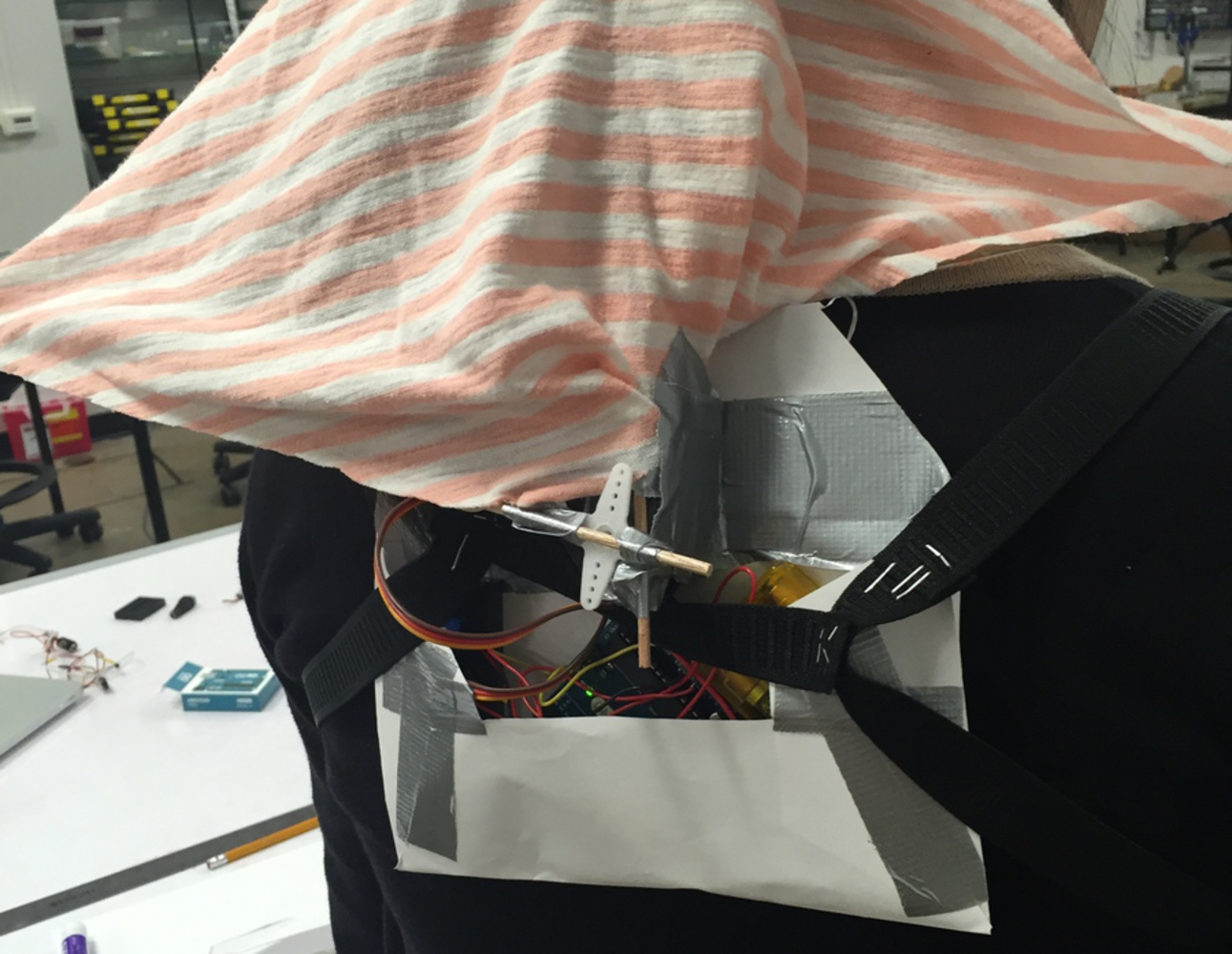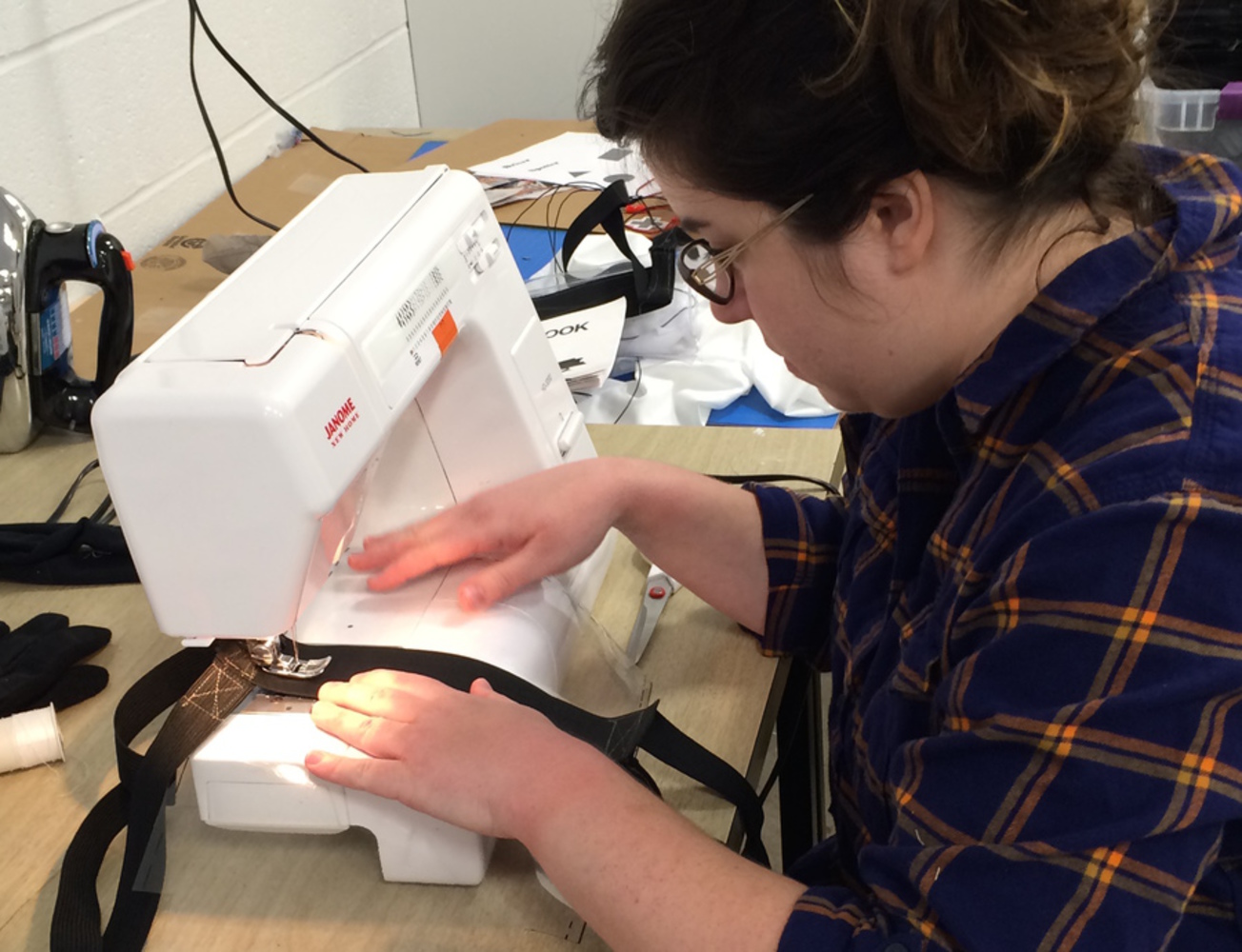PLUME was a project that started out as a joking jab at the heady ideals of biomimetic design. I've always loved biomimetic design, but was interested in how to add levity to a field that's usually concerned with solving major problems through adopting ideas from nature. How could I use biomimicry, a design approach that's made headlines for attempting to solve major problems like world hunger and debilitating illness, and apply it to something a little more playful?
In thinking about this question, I was reminded of one of my favorite nature documentary clips – the scene from BBC's Planet Earth* of the birds of paradise performing their mating dance. It's one of my favorite videos on Youtube because I think it's absolutely bizarre and dramatic and fabulous. Similarly, I also think dating between humans is bizarre and dramatic and fabulous, especially now that apps and websites like Tinder, OkCupid, and Coffee Meets Bagel are changing how dating happens.
Obviously the phenomena of dating between humans and birds share some qualities, so I decided to bring them closer together and build a wearable for humans that could emulate the colorful mating displays of birds. I decided to call it an "app" as a way to position it as a replacement for the aforementioned online dating services. As a 20-something who's currently using these services, I frequently find them lacking. Online dating gives so much control to the user, and automates so much of the interaction, that by the time the date happens some things are already starting to get stale. Creating a wearable that would encourage users to express their feelings in a public and performative setting, rather than something so controlled as a social media platform, was also an area of interaction that I wanted to explore.
(link to Planet Earth video https://www.youtube.com/watch?v=W7QZnwKqopo)
